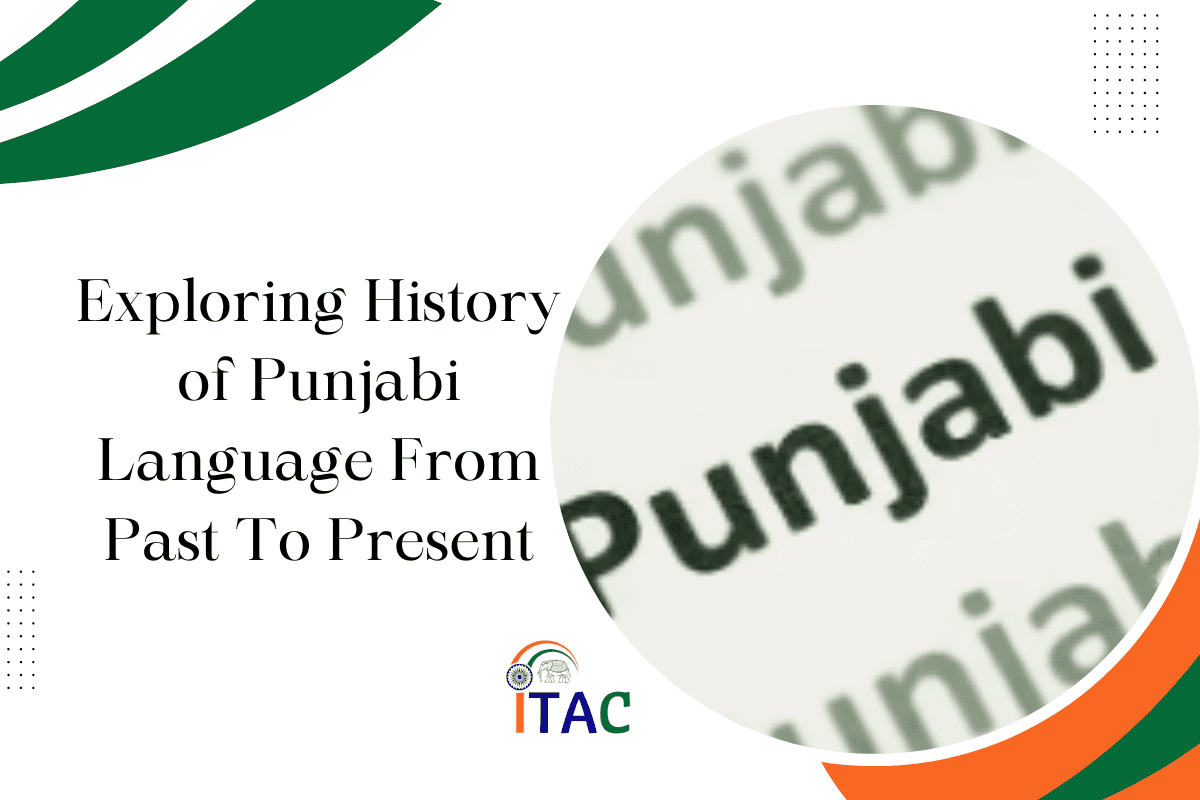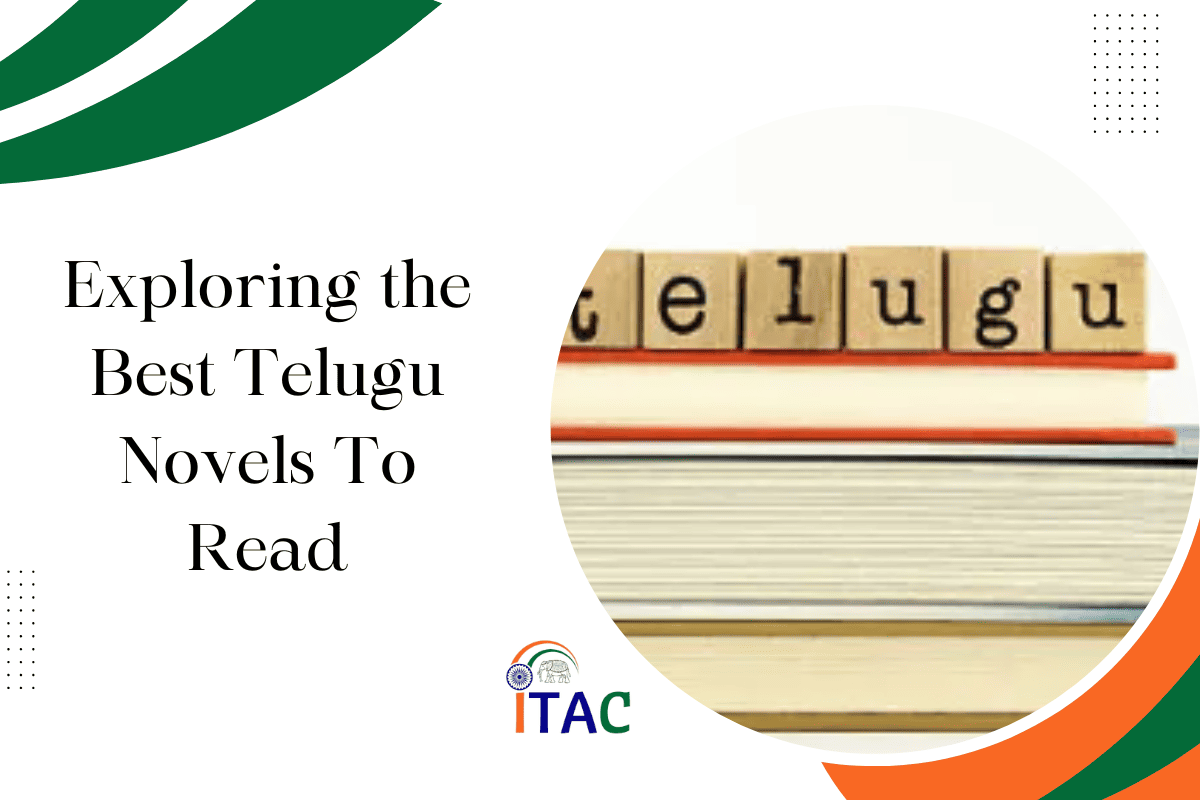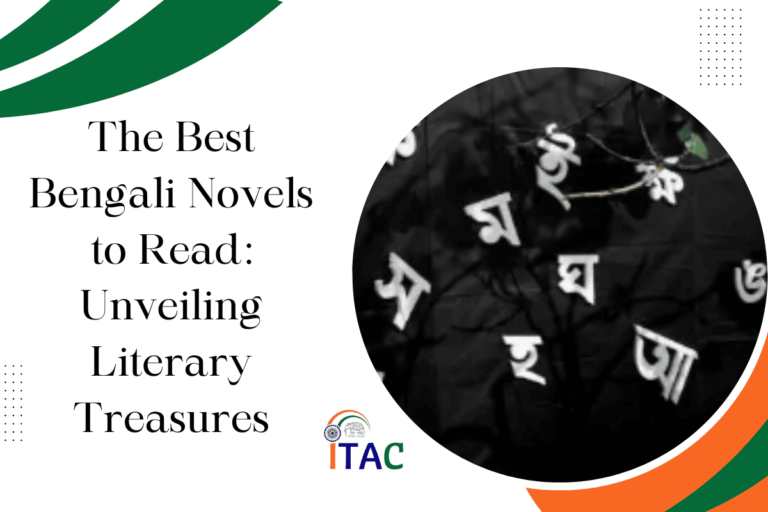The Punjabi language, with its rich heritage and vibrant history, is a language of the Indo-Aryan subgroup within the Indo-European family of languages. Spoken by millions around the world, Punjabi boasts a diverse and colorful past that spans several centuries, making it not just a means of communication but a bearer of cultural identity and tradition.
So, let’s explore the history of the Punjabi language in this blog.
Table of Contents
Origins and Early Development Of Punjabi Language
The origins and early development of the Punjabi language are deeply intertwined with the historical and cultural evolution of the Punjab region, which spans parts of modern-day India and Pakistan. This period is not just marked by linguistic development but also by significant cultural and religious movements that influenced the language’s growth and prominence.
From Sanskrit to Punjabi
The journey of Punjabi from Sanskrit, through the intermediary stages of Prakrit and Apabhramsha, is reflective of a broader linguistic evolution across the Indian subcontinent. Prakrit languages, known for their simplicity and clarity, were widely spoken by the common people, diverging from the elitist Sanskrit used in scholarly and religious contexts. As these Prakrit languages evolved further, they gave rise to Apabhramsha, which served as the direct precursor to many modern languages in the north of India, including Punjabi.
Emergence as a Distinct Language
By the 7th century AD, the linguistic landscape of northern India began to show signs of significant change, with regional dialects gaining prominence. It was in this milieu that Punjabi started to carve its identity, drawing from the local vernaculars and the influence of foreign invasions, which introduced new linguistic elements. By the 10th century, Punjabi had emerged as a distinct language, marked by its unique phonetic, syntactic, and lexical characteristics. This period is crucial in Punjabi’s history, as it sets the stage for its rich literary tradition.
Gurmukhi Script and Sikh Influence
The development of the Gurmukhi script by Guru Angad Dev Ji in the 16th century is a landmark event in the history of Punjabi. This script, which literally means “from the Guru’s mouth,” was designed to be simple and accessible, promoting literacy among the masses. Its creation not only facilitated the spread of Sikh religious texts but also democratized knowledge and learning. The Gurmukhi script was instrumental in preserving the Punjabi language and its literary heritage, including the sacred texts of Sikhism, such as the Guru Granth Sahib.
Cultural and Religious Syncretism
The origins and early development of Punjabi are also notable for the cultural and religious syncretism they reflect. The region’s strategic location, serving as a gateway to the Indian subcontinent, meant that it was exposed to various cultural and linguistic influences, from Persian and Arabic to Greek and Central Asian. This blend of influences is evident in the early Punjabi literature, which incorporates themes and ideas from Hinduism, Islam, and later Sikhism. The language became a vessel for expressing the spiritual and philosophical thoughts of saints and poets, transcending religious and cultural boundaries.
Medieval Period Of Punjabi Language
The medieval period of Punjabi language history, spanning from the 12th to the 18th centuries, is a fascinating era that saw a remarkable fusion of cultural, religious, and linguistic elements. This period is especially significant for the intertwining of the Sufi and Bhakti movements with the development of the Punjabi language, making it a critical time for both linguistic evolution and cultural synthesis.
Sufi Influence on Punjabi
The Sufi movement, characterized by its mystical Islamic beliefs, made a profound impact on the region’s cultural and linguistic fabric. Sufi poets, such as Baba Farid (1173–1265), used Punjabi to express their spiritual messages, making it one of the earliest forms of written Punjabi to be documented. Baba Farid’s poetry, included in the Guru Granth Sahib, is revered not just for its spiritual depth but also for its linguistic purity and poetic beauty. The Sufi tradition in Punjab was marked by an emphasis on humanism, love, and devotion to God, themes that deeply resonated within Punjabi literature and folklore.
You can watch this video for more information:
Bhakti Movement and Punjabi
Parallel to the Sufi movement, the Bhakti movement, which emphasized personal devotion to a deity and the disregard for caste distinctions, also left a lasting impact on Punjabi. The Bhakti saints, including the likes of Guru Nanak (1469–1539), the founder of Sikhism, composed hymns and poems in Punjabi that stressed unity, equality, and love for the divine. Guru Nanak’s teachings and poetry, along with those of successive Sikh Gurus, were instrumental in shaping the ethos of the Punjabi language, infusing it with a spirit of devotion, social justice, and an emphasis on moral values.
You can watch this video to understand and get more information:
Literary Contributions and Language Development
The medieval period saw the compilation of significant literary works in Punjabi. The Guru Granth Sahib, the holy scripture of Sikhism, compiled by the fifth Sikh Guru, Guru Arjan Dev Ji, in 1604, is a monumental work that includes the writings of the Sikh Gurus as well as Hindu and Muslim saints, showcasing the inclusive nature of Punjabi literature. This period also witnessed the creation of the Janamsakhis, biographies of Guru Nanak that blend history, mythology, and theology, further enriching Punjabi literature.
Cultural Synthesis
The medieval era was a time of significant cultural synthesis, with Punjabi serving as a lingua franca that bridged different communities. The language absorbed words, motifs, and ideas from Persian, Arabic, and local dialects, becoming a rich tapestry of cultural expression. The Sufi and Bhakti movements, through their emphasis on universal brotherhood and devotion, played a crucial role in developing a shared cultural identity that transcended religious and social boundaries, reflected in the literature and poetry of the time.
Sikh Empire and Modern Development
The establishment of the Sikh Empire under Maharaja Ranjit Singh in the early 19th century further propelled the status of Punjabi. During this period, Punjabi was used in administration and court proceedings, which solidified its significance in the socio-political sphere. The late 19th and early 20th centuries saw the standardization of Punjabi grammar and the compilation of dictionaries, which were crucial for the language’s modern development.
Watch this video to understand the rise of Sikh Empire:
Partition of India and Its Impact On Punjabi Language
The partition of India in 1947, a momentous and tumultuous event, significantly affected the Punjabi language, leading to a linguistic divide that had lasting implications for its development and cultural expression. This period of history not only altered the geopolitical landscape but also deeply impacted the socio-linguistic fabric of the Punjab region, which was split between the newly independent nations of India and Pakistan.
Bifurcation of Scripts and Linguistic Identity
The partition resulted in Punjabi being written predominantly in the Gurmukhi script in India, particularly in the Sikh-majority state of Punjab, and in the Shahmukhi script in Pakistan, where it was used by the Muslim-majority population. This scriptural division was more than a mere linguistic shift; it symbolized the deep religious and cultural cleavages that partition had engendered. Gurmukhi, which has its origins in the Sikh religion, and Shahmukhi, which is derived from the Persian-Arabic script, became markers of religious and national identity, reflecting the broader partition narrative of division.
Learn more about bifurcation of Punjabi state here:
Impact on Literary and Cultural Landscape
Despite the challenges posed by partition, Punjabi language and literature continued to flourish on both sides of the border. In India, the post-partition period saw a resurgence in Punjabi literature, with writers and poets exploring themes of displacement, loss, and identity. This era produced notable works that reflected the trauma of partition, as well as the resilience and spirit of the Punjabi people.
In Pakistan, Punjabi faced challenges due to the national emphasis on Urdu as the lingua franca, yet it remained vibrant in the cultural and literary domains. Punjabi literature in Pakistan explored themes of love, rural life, and social inequality, contributing richly to the region’s literary heritage. Sufi poetry, in particular, continued to be a significant part of Punjabi literature in Pakistan, preserving the mystical and spiritual traditions of the language.
Language and Diaspora
The partition also led to significant Punjabi migration, with communities settling in various parts of the world, including the United Kingdom, Canada, the United States, and Australia. This diaspora played a crucial role in the global spread of the Punjabi language and culture. Overseas, Punjabi has been kept alive through literature, music, film, and religious practices, contributing to a global Punjabi identity that transcends national and scriptural divides.
Efforts Toward Linguistic Unity
Despite the bifurcation, there have been efforts on both sides to bridge the linguistic divide. Cross-border collaborations in literature, music, and arts have sought to reconnect the shared cultural heritage of Punjabi. Initiatives to promote Punjabi language education and preserve its literary and cultural legacy have gained momentum, reflecting a collective desire to celebrate and sustain the language’s rich heritage.
Contemporary Status Of Punjabi Language
The contemporary status of Punjabi as a global language reflects its dynamic evolution and adaptability in the face of changing socio-political landscapes. Today, Punjabi not only enjoys a prominent place in the cultural and linguistic tapestry of South Asia but has also established a significant presence on the international stage, thanks to the widespread Punjabi diaspora.
Global Presence and Diaspora Influence on Punjabi Language
Punjabi’s position as the 10th most spoken language in the world is a testament to its widespread use and the vibrancy of its speakers. The Punjabi diaspora, spread across countries like Canada, the United Kingdom, the United States, Australia, and the Middle East, plays a pivotal role in this global footprint. These expatriate communities have been instrumental in promoting Punjabi culture and language abroad, leading to its recognition and celebration in multicultural societies. Festivals, Bhangra dance competitions, and Punjabi language classes abroad are testament to the diaspora’s efforts to keep their linguistic heritage alive.
Official Status and Educational Impact
In its native regions, Punjabi holds significant linguistic authority. In Pakistan, it is the provincial language of Punjab, the country’s most populous province, reflecting its importance in daily communication, cultural expression, and media. Similarly, in India, Punjabi enjoys the status of an official language in the state of Punjab, underscoring its role in governance, education, and media. The language’s official status in these regions ensures its presence in educational systems, government proceedings, and public broadcasting, contributing to its preservation and promotion.
Digital Media and Contemporary Culture
The advent of digital media has opened new avenues for the Punjabi language, transforming it into a vibrant platform for contemporary expression. Social media, online forums, and digital platforms have enabled Punjabi artists, writers, and creators to reach a global audience, facilitating a cross-cultural exchange of ideas and art. The Punjabi music industry, in particular, has gained international fame, with genres like Bhangra and Punjabi pop finding fans across the world. The film industry, too, has seen a renaissance, with Punjabi cinema producing critically acclaimed movies that explore a range of themes, from social issues to diaspora experiences.
Challenges and Opportunities
Despite its robust presence and global reach, Punjabi faces challenges in the digital age, including the need for greater representation on digital platforms and the integration of Punjabi language resources into technology. Efforts are being made to develop Punjabi language software, apps, and online resources to support education and promote usage among the younger generation. These initiatives are crucial for the language’s adaptation to the digital era, ensuring its preservation and growth.
You can also watch this video to get more information:
Conclusion
The history of the Punjabi language is a testament to its resilience and adaptability. From its early origins to its contemporary status, Punjabi has not only survived but thrived, embracing changes while holding onto its rich heritage. Its journey reflects the cultural dynamism of its speakers and their unyielding spirit. As Punjabi continues to evolve, it carries forward a legacy that is as vibrant and enduring as the language itself.
FAQs:
1. What is the history of Punjabi (language)?
The Punjabi language, belonging to the Indo-Aryan language family, has a rich and diverse history. Its origins can be traced back to the ancient Prakrits and Apabhramsa languages spoken in the region of Punjab, dating back over thousands of years. Over time, Punjabi evolved through various stages influenced by local dialects, invading cultures, and linguistic developments.
2. Where did it originate and how did it evolve?
Punjabi originated in the Punjab region, which spans parts of modern-day India and Pakistan. It evolved from the Prakrits and Apabhramsa languages spoken in the area, gradually developing its unique phonetic, grammatical, and lexical characteristics. The language was further shaped by the interaction with Persian, Arabic, and later, English languages, due to historical invasions, trade, and colonialism.
3. What happened to the old Punjabi language?
The term “old Punjabi” typically refers to the archaic forms of Punjabi that were spoken in earlier centuries. As languages evolve over time, old Punjabi gradually transformed into the modern Punjabi language spoken today. While some aspects of old Punjabi may still be preserved in literature and historical records, the language has undergone significant changes and innovations to adapt to the evolving linguistic landscape.
4. Is Punjabi older than Hindi?
Punjabi is generally considered to be older than Hindi. The origins of Punjabi can be traced back to the ancient Indus Valley civilization and the Vedic period, while Hindi evolved from the medieval Apabhramsa language in northern India. Therefore, Punjabi predates Hindi in terms of historical and linguistic development.










2 thoughts on “Exploring History of Punjabi Language From Past To Present”